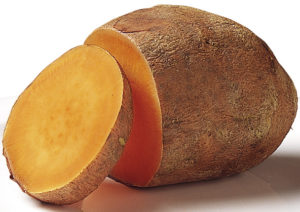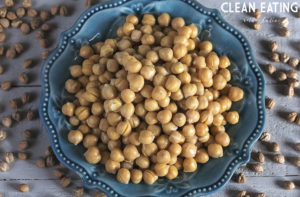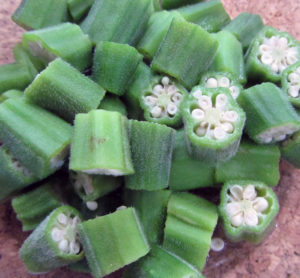The first time I bought a butternut squash, I had no idea what to do with. I found a recipe in my Clean Food cookbook for roasted butternut squash with almonds and a touch of maple syrup. It was exciting to try new a food and a new recipe and really like it! The next week, at the farmer’s market, I went back for more butternut squash. This time I found a recipe for butternut squash soup. I’ve been hooked ever since! Here’s my favorite Butternut Squash Soup Recipe.
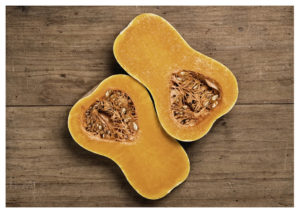 Jennifer Tyler Lee also suggests butternut squash soup and a maple roasted butternut squash. Yum!
Jennifer Tyler Lee also suggests butternut squash soup and a maple roasted butternut squash. Yum!
Food Facts:
- Member of the cucurbitaceae family.
- Because of the thick skin, winter squashes, like butternut squash, can last in cold storage for up to six months.
- The deep orange coloring is a sign that it contains high levels of beta-carotene, a vitamin A precursor.
- Of all the winter squashes, pumpkin contains the most beta-carotene.
- Foods rich in carotenoids, like beta-carotene have been shown to be protective against many cancers, especially lung cancer.
- Carotenoid rich food is also protective against heart disease and the development of type 2 diabetes.
- Good source of fiber.
- Good source of vitamins B1, B5, B6, and C, and folic acid, niacin, potassium, and manganese.
Sources:
Encyclopedia of Healing Foods by Michael Murray, Joseph Pizzorno, and Lara Pizzorno, Superfoods
by Tonia Reinhard, and The 52 New Foods Challenge
by Jennifer Tyler Lee.
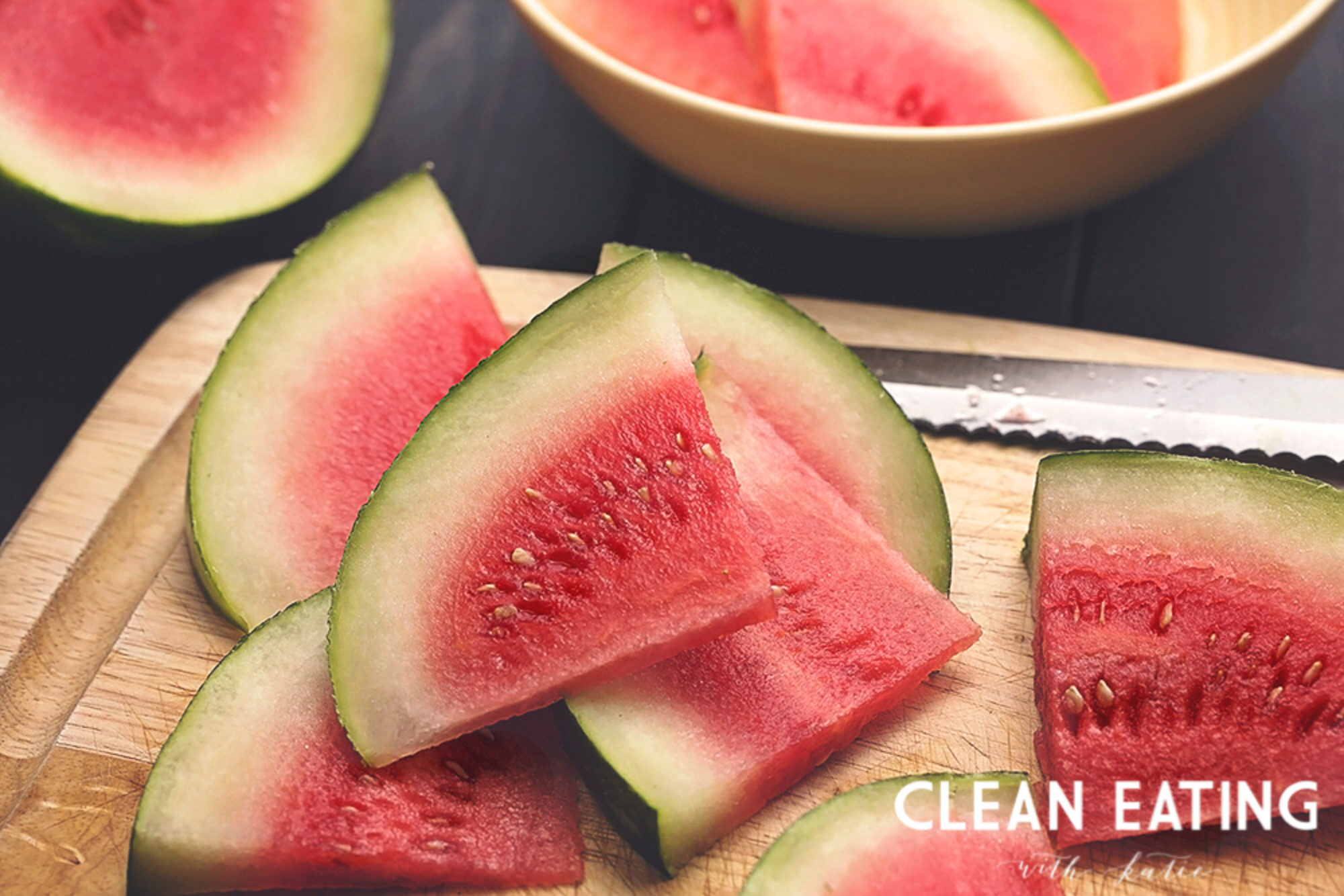

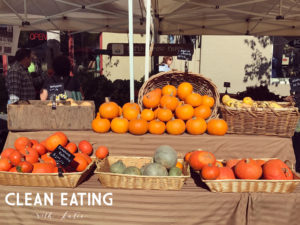 onths.
onths.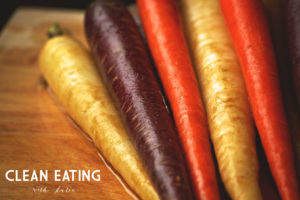
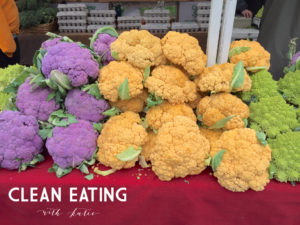
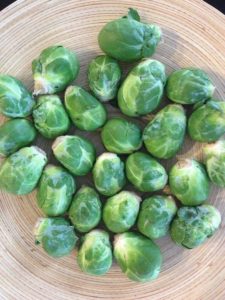
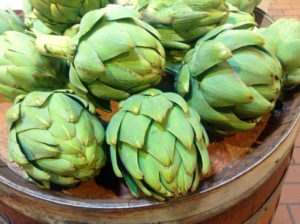 The Globe/French artichoke is the most nutrient dense variety.
The Globe/French artichoke is the most nutrient dense variety.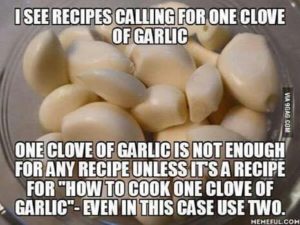 and just I had to include it for this post. It is me to a T. While garlic is not new to most any of us, there are always new and inventive ways to include this superfood in your diet. I include it in tomato sauces, in my bone broth, in stuffed peppers,
and just I had to include it for this post. It is me to a T. While garlic is not new to most any of us, there are always new and inventive ways to include this superfood in your diet. I include it in tomato sauces, in my bone broth, in stuffed peppers, 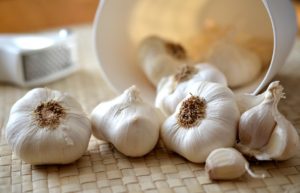 Has been demonstrated to protect against atherosclerosis, heart disease, elevated cholesterol levels, elevated blood pressure.
Has been demonstrated to protect against atherosclerosis, heart disease, elevated cholesterol levels, elevated blood pressure.